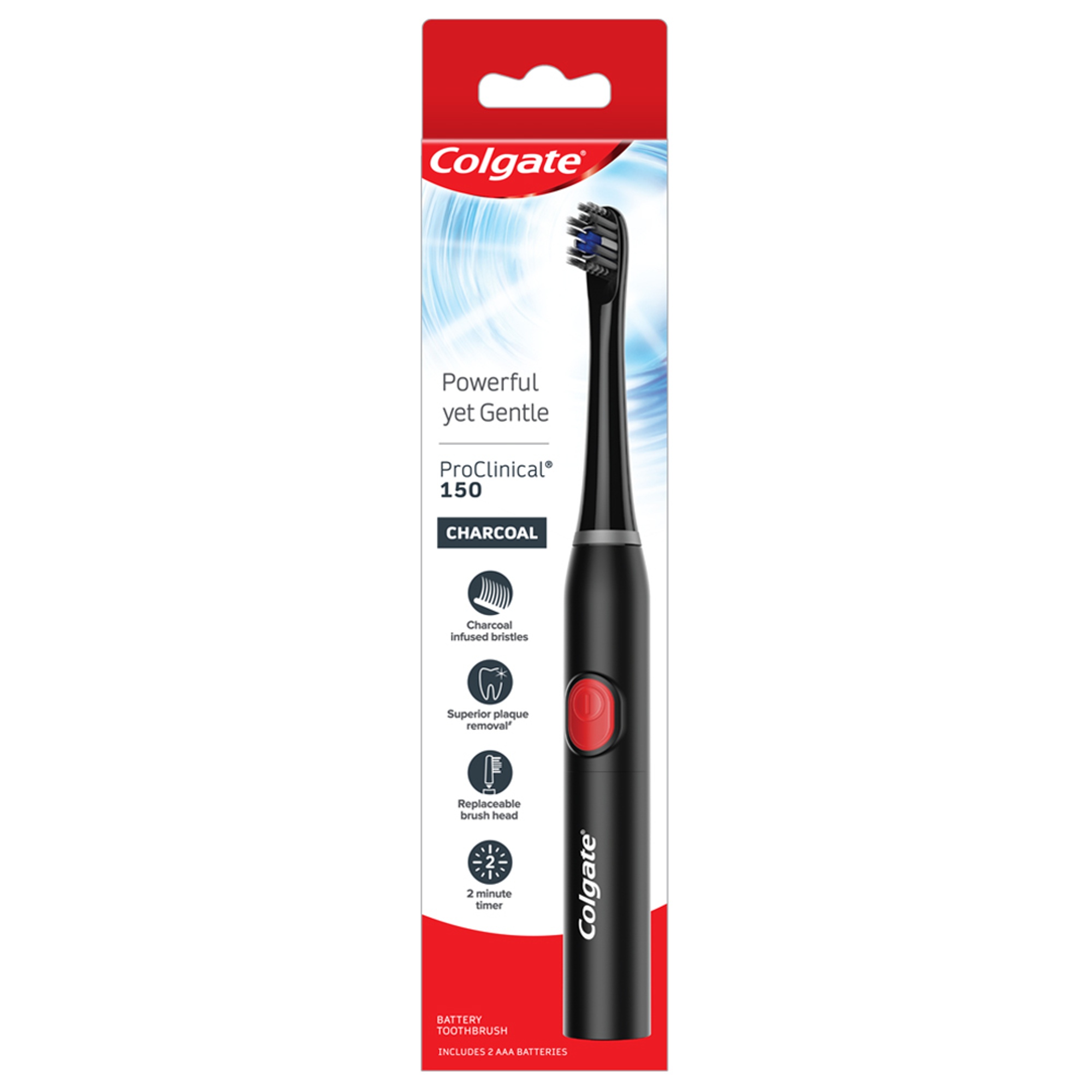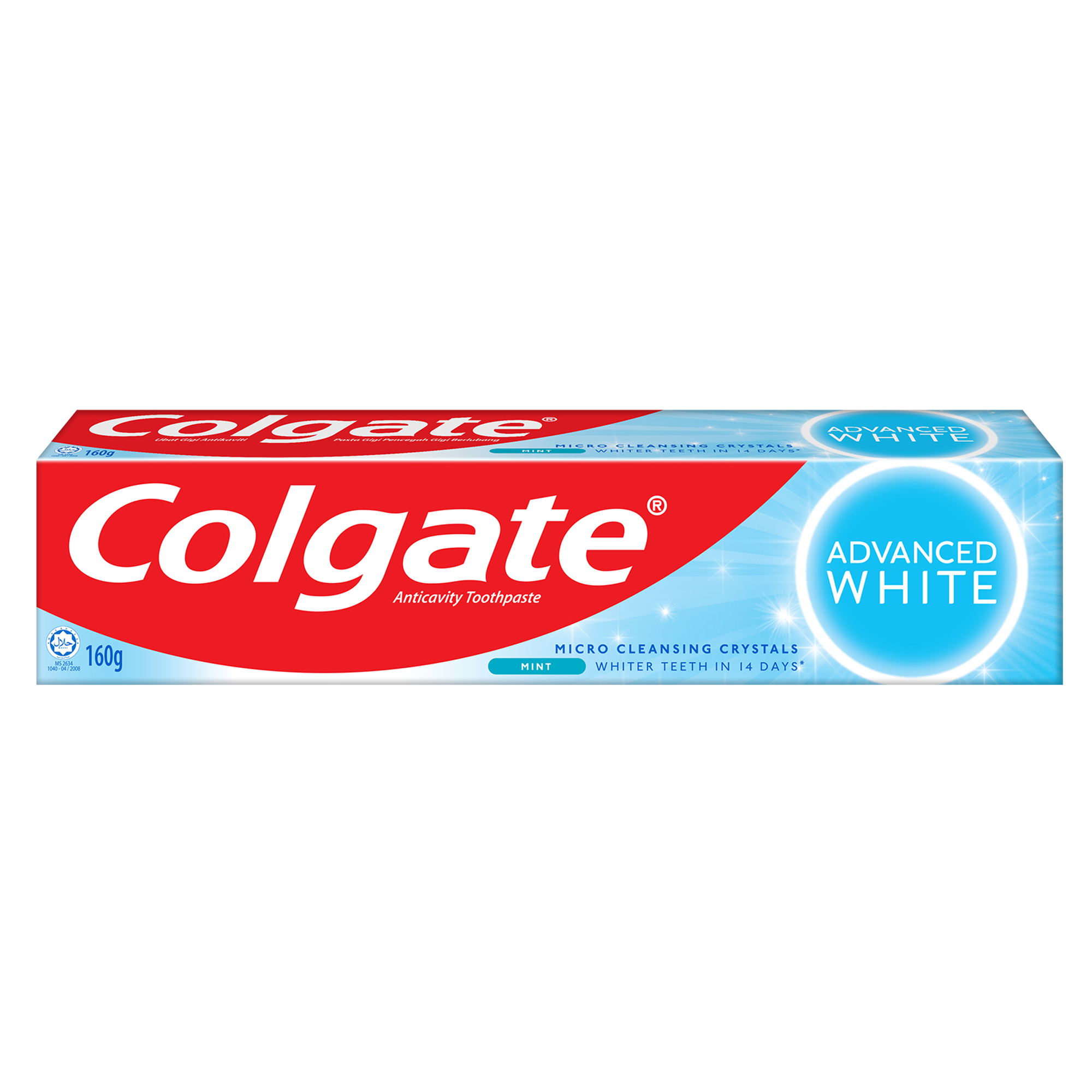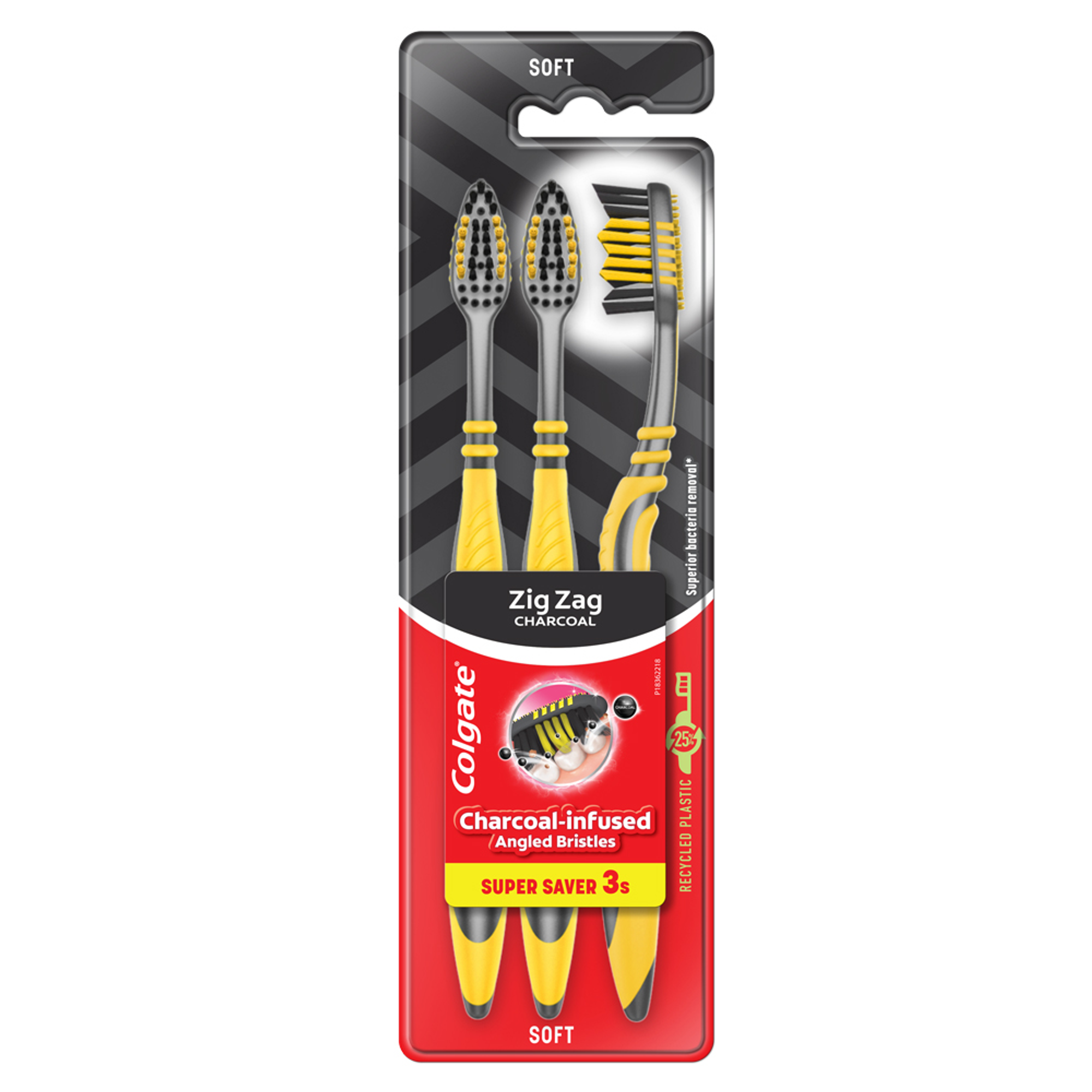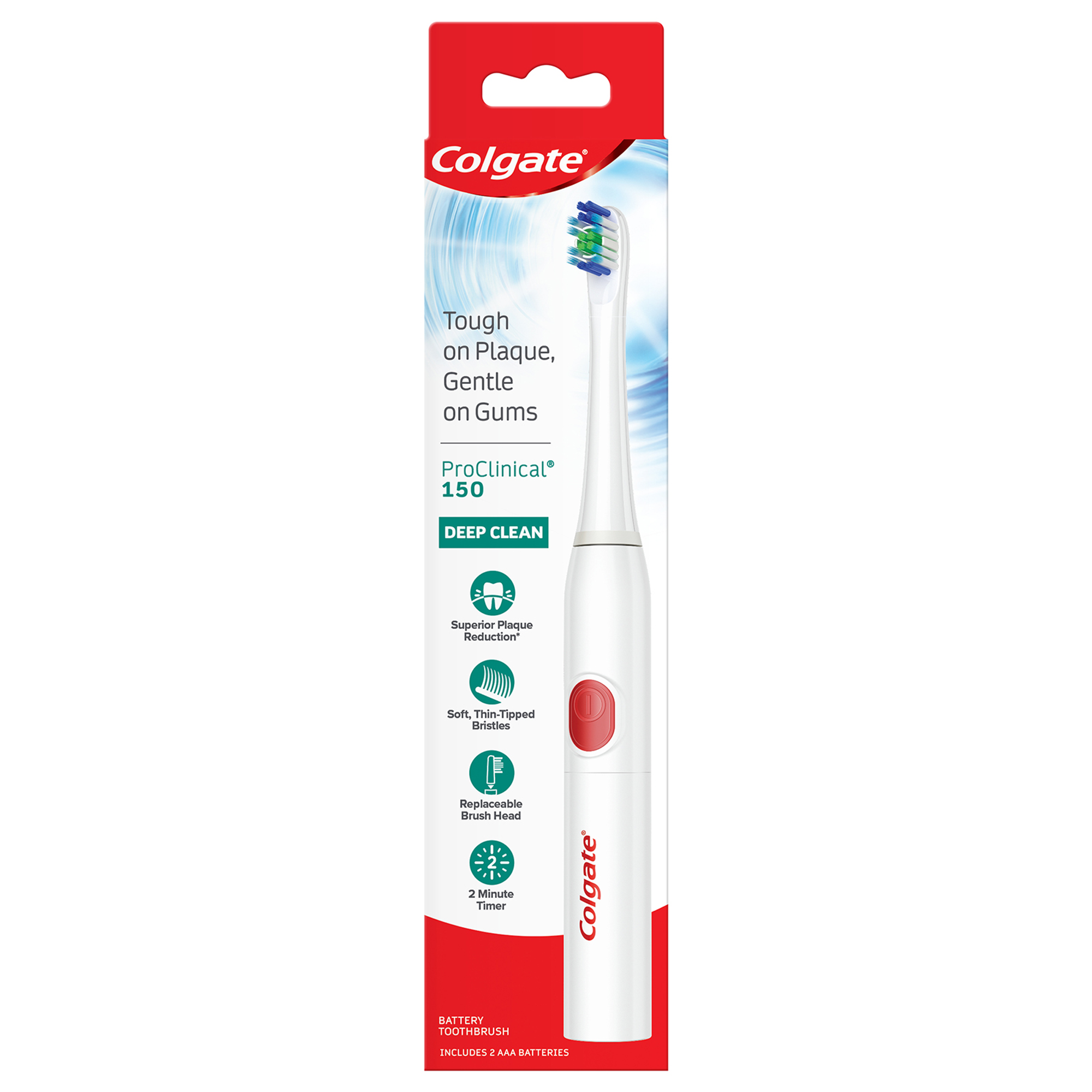- Oral Health and Dental Care | Colgate®
- Oral Health
- Three Ways a TMJ Massage Can Relieve Jaw Pain


Temporomandibular joint disorders, more commonly known as TMJ, are usually the result of inflamed and painful chewing muscles around your jaw. For some, it's a once-in-a-while issue that can come from too much chewing, like indulging in a piece of gum all afternoon. For others, however, TMJ disorder can be a chronic issue that results in constant pain and discomfort.
The cause for this chronic condition is relatively subjective, but may be linked to stress fractures, an imperfect bite, tooth grinding or tooth clenching related to stress. Luckily, a TMJ massage can act as an effective, non-medicinal way to deal with TMJ pain. Here are three specific therapies that can help you address the underlying issues no matter what the cause.
Kneading Massage
Kneading massage involves using your fingers to provide a constant, circular motion against the joints and muscles that are most affected (and the likely culprits) of TMJ pain. To apply this massage, according to Wroclaw Medical University , first locate the masseter muscles in your lower jaw: directly behind your molars and just below your cheekbone.
Start by touching the corner of your mouth and then working your fingers back toward your ear until you feel a flat plane of bone. You can massage this area by pressing gently with two or three fingers and moving in a circular motion, this warms the muscles and improves lymph function, an important bodily system that helps to flush out buildups of waste. In other words, stimulating your lymph nodes can remove these irritating materials as your massage fingers to increase blood flow to the affected area. Continue until you find some relief, and experiment with different areas of the jaw muscles to broaden the recovery process. Massaging your jaw with your entire hand, for instance, can be effective as well.
Friction Massage
Some find that pressure alone is enough to realize pain relief, but it needs to be done correctly and in the right place. Friction massage works well on the mandible muscle, which is the lower portion of your jaw just below the masseter, found along your jaw line. Touch the mandible and use your index finger to apply gentle, constant pressure to this muscle. Because everyone's pain receptors respond differently, you may need to wade through some trial-and-error to find the spot and amount of pressure that works best for you.
Stretching Massage
If you find relief while pressing on the mandible muscle, you may want to try a stretching TMJ massage to further the relief process and effectively "exercise" the muscles most responsible for TMJ disorders. This massage should be done with two thumbs, so you might ask a partner for help if you find that you lack the proper angle or dexterity when using both thumbs on one side of your face.
Start with two thumbs parallel to your jaw line, just above the mandible muscles. Press on this muscle as you drag your thumbs down against your jaw, slowly stretching the muscle away from your maxillary (upper jaw). You can also stretch and massage the mandible muscle by placing two fingers of one hand on the mandible and two fingers of the other hand on the masseter muscles. Press your fingers toward each other, until the tips of your fingers are in the line between both muscles. Hold them for a few seconds before relaxing.
Because jaw soreness can come from behavior that causes other dental issues too, always continue a daily oral hygiene routine, even when your jaw muscles don't feel well. You may find that a soft-bristled toothbrush such as Colgate ® 360° ® Toothbrush can avoid triggering teeth sensitivity if you grind your teeth at night.
TMJ pain can be a systemic problem if it doesn't go away. If you do notice you're sore or stiff for too long, see your dentist or doctor for treatment options, such as a mouth guard to stop nighttime grinding from taking its toll on your jaw. Treatment, paired with these TMJ massage techniques, can help you drop the pain and go back to a comfortable smile.
Related Products

Helping dental professionals
More professionals across the world trust Colgate. Find resources, products, and information to give your patients a healthier future













